The White House announces steps to try to ease backlogs at U.S. ports

Enlarge this image
A Mediterranean Shipping Company cargo ship filled with containers waits offshore for entry to the Port of Los Angeles on Oct. 6. A record number of cargo ships have been stuck in limbo off the southern California coast waiting for entry.
Frederic J. Brown/AFP via Getty Images
hide caption
toggle caption
Frederic J. Brown/AFP via Getty Images

The Coronavirus Crisis
August’s jobs numbers were bad. September was even worse, but there’s room for hope
White House press secretary Jen Psaki said solving supply chain issues requires cooperation between the private sector, including rail and trucking, ports and labor unions.
«The supply chain bottlenecks range industry to industry, but we certainly know addressing … those bottlenecks at ports could help address what we see in many industries across the country and, frankly, are leading people who are preparing for holidays, for Christmas, whatever they may celebrate — birthdays — to order goods and get them to people’s homes,» she said Tuesday.
It’s not the first time the administration has tried to tackle supply chain problems.
Soon after taking office, Biden signed an executive order kicking off a broad review of products that had been in short supply, including semiconductors and pharmaceutical ingredients.
Biden created a task force over the summer to address the most urgent shortages, and then tapped a former Obama administration transportation official, John Porcari, to serve as the new «ports envoy» to help get goods flowing. Porcari helped broker the agreements with the ports and the union.
The role of recovery aid
In the call with reporters Tuesday night, the White House also pushed back against concerns that direct payments from Biden’s March relief law have exacerbated the problems, fueling demand for goods and possibly discouraging needed labor.
The administration says the supply chain disruptions are global in nature, a challenge that’s been made worse by the spreading of the coronavirus delta variant.
Two of the world’s largest ports in China experienced partial closures aimed at curbing COVID-19 outbreaks, the White House notes. And in September, hundreds of factories closed under lockdown restrictions in Vietnam.
The administration agrees that part of the current issue has to do with increased demand, but they see that as a positive indicator of how the United States has recovered faster from the pandemic than other developed nations.
As for the impacts on the labor supply, the official said that’s more complicated.
The recovery package’s direct payments and extra unemployment benefits were a «vital lifeline» for many struggling families, the administration official said.
«And to the extent that that’s allowing people to be more thoughtful about when and how and for what offer they choose to reconnect to the labor force, that ultimately is very encouraging,» the official added.












Комментарии 0